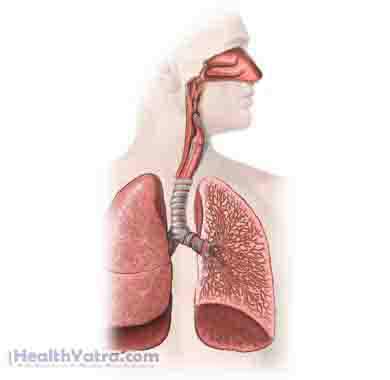Definition
Legionnaires’ disease is a lung infection. It is a form of pneumonia. It got its name after it struck at the American Legionnaires Convention in 1976.
Causes
This disease is caused by the bacterium Legionella pneumophilia in most cases. The bacteria are most often found in sources of standing water. It may be found in cooling towers, HVAC systems, and air conditioners.
Legionnaires’ disease can be contracted by breathing water vapor from a standing water source that contains Legionella bacteria.

The infection does not move from one person to another.
Risk Factors
Factors that increase your chance for Legionnaires’ disease include:
- Advanced age
- Smoking
- Chronic lung disease
- Weakened immune system (as with AIDS)
- Kidney failure
- Diabetes
- Taking cortisone or other immunosuppressive drugs
- Organ transplant patients
Symptoms
Symptoms may include:
- Fatigue
- Fever (often high)
- Chills and muscle aches
- Cough
- Headache
Diagnosis
Your doctor will ask about your symptoms and medical history. A physical exam will be done.
Your doctor may need pictures of your chest. This can be done with a chest x-ray.
Your doctor may need tests of your bodily fluids. This can be done with:
- Urine tests
- Sputum tests
- Blood tests
Treatment
This disease is usually treated with antibiotics.
If you are diagnosed with Legionnaires’ disease, follow your doctor’s instructions.
Prevention
Proper design, maintenance, and cleaning of high-risk areas can reduce the risk of spreading the disease
